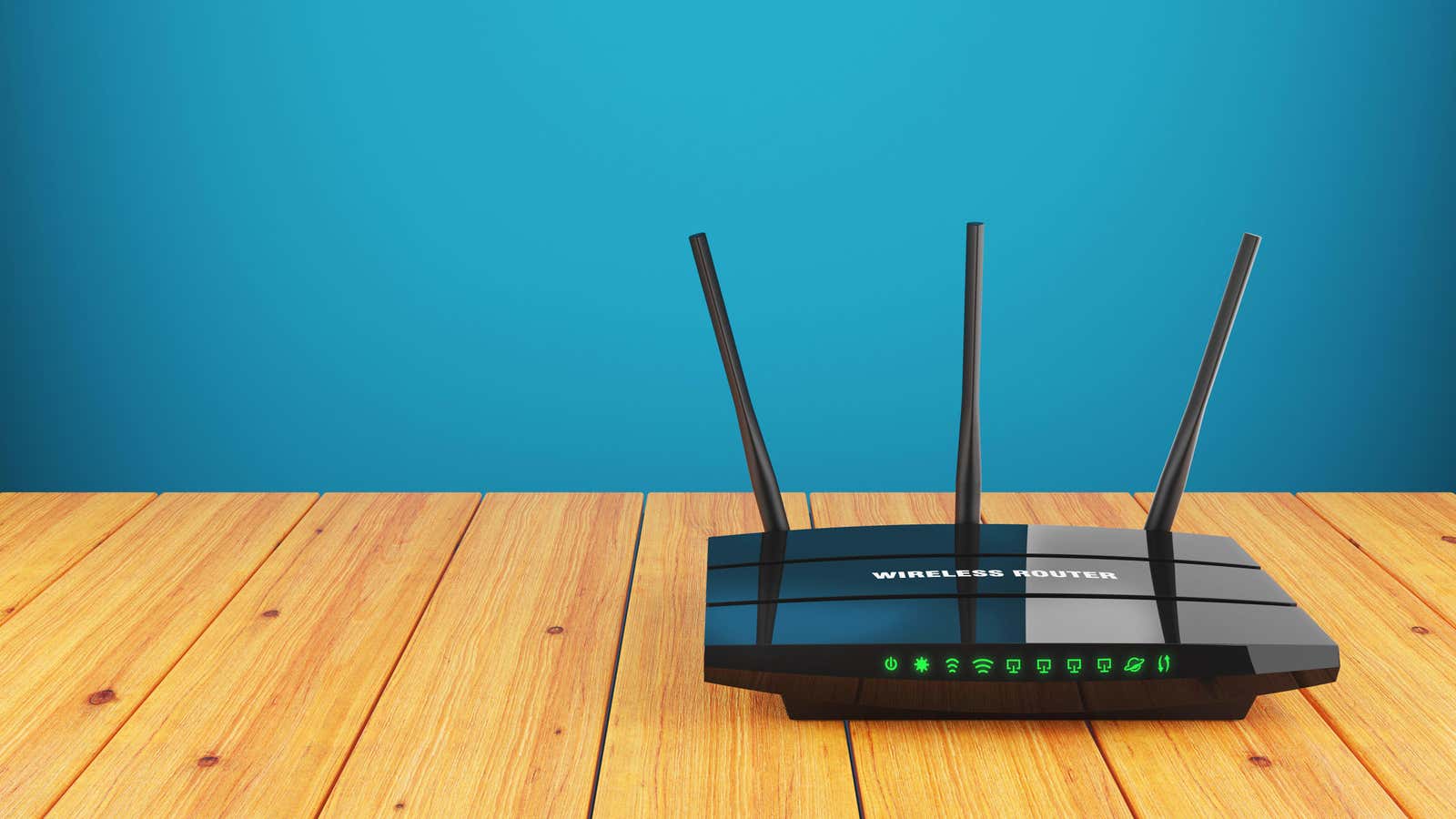How to Tell If Someone Is Stealing Your Wi-Fi (and Turn It Off)

So, your internet is acting weird, maybe a little sluggish, even after repeatedly resetting your router and unplugging unnecessary devices. While there are many possible reasons why your internet is messing up, many people understandably start to wonder if one of their neighbors is using their Wi-Fi.
While unlikely, it’s actually quite easy to break into someone else’s Wi-Fi network using simple hacking software and a little patience, although it’s also possible that your neighbor just eavesdropped on your password or guessed it. Maybe you loaned them your Wi-Fi login when they were done and they never stopped using it. Regardless of how they got in, you can check which devices are connected to your network and download any outsiders using your smartphone or PC – no additional software required.
Step 1: Find out who is using your network
There are several ways to find out who is currently using your Wi-Fi. Some routers and ISPs offer network management apps for mobile and desktop computers that display a list of connected devices and allow you to change permissions, including removing a device from the network and preventing it from reconnecting. For example, Comcast/Xfinity customers can monitor home network activity through the Xfinity app . Check if your router or ISP offers a similar application.
Another method is to access your router’s interface on a computer by entering the local access IP address in an internet browser. You can find your router’s local access IP address by doing the following:
On Windows
- Press the Window key + R , then type cmd to open a command prompt.
- In the command prompt window, type [ipconfig] and press Enter.
- The IP address should appear next to “Default Gateway” or “IPv4 Address” in the results.
On Mac
- Go to System Preferences > Network > Advanced > TCP/ICP.
- Look for the IP address listed next to “IPv4 Address”.
Enter the IP address you found in the previous steps into the internet browser of your choice. Your router’s configuration interface should appear, then log in using your network password. When you sign in, you will be able to view network activity.
Step 2: Block unwanted devices
Whether you’re using a mobile app or connecting directly to your router via an internet browser, the next step is to find out who’s using your Wi-Fi and block unwanted access. However, the steps to find and manage the list of connected devices will depend on the application you are using and/or the make and model of your router. Refer to your router’s user manual, or look up the steps for your specific model online.
When you find this information, make sure that only the devices that you or your family members are connected to are connected. This should be easy to tell just by the names of the connected devices, but since some devices only list their MAC address (aka Media Access Control, which is another unique identification number used by devices to communicate with the router), you may need to manually cross refer to the MAC address of each device.
If you do find freeloaders, you can ban them online. Again, this method differs for different router interfaces, but is usually done from the device’s settings menu.
Step 3: Improve your security
Finally, you need to change your network password and make sure it uses the strongest possible security protocol to prevent scammers from entering your network. As with the previous steps, finding these options depends on your router software, but they should be easy to find. Make sure you create a strong password and enable the highest possible network encryption – for some devices this may be WPA3, while others may only use WPA2-AES or WPA2-TKIP. If your router does not support at least WPA2, we highly recommend upgrading to a newer model.
[ howtogeek ]